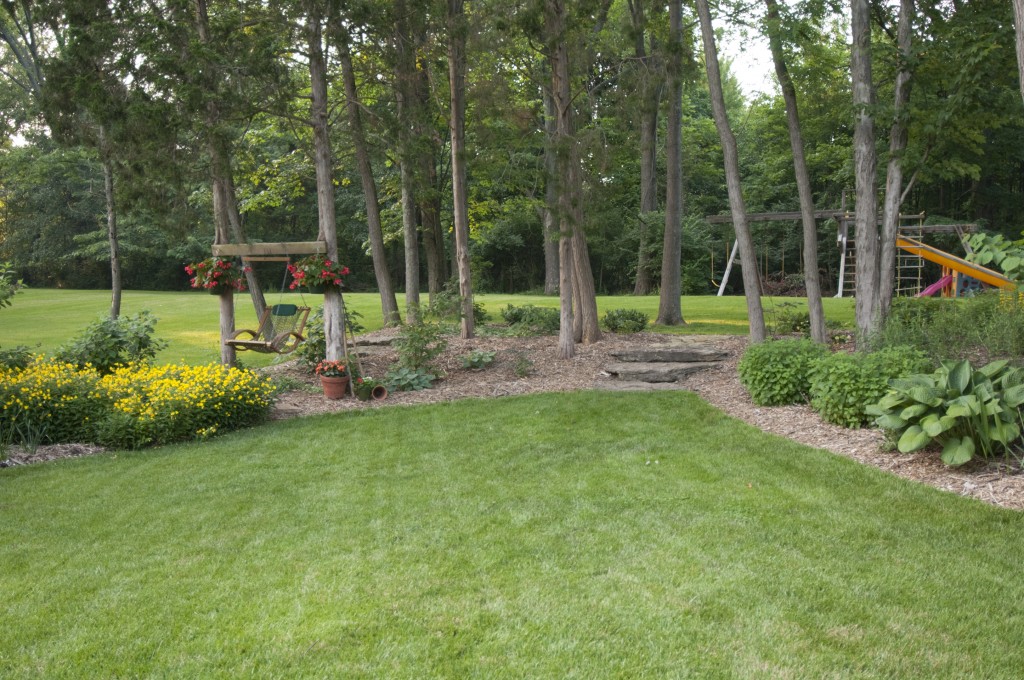Mar 22, 2013 | Uncategorized
Wednesday marked the first day of Spring. For many of us that means one thing…Spring Cleaning! We often think about all the things to do indoors but what about outdoors? It’s time to spring clean your lawn as well.

Here are some Spring Cleaning Tips for your Lawn:
- Clean up lawn debris – Remove trash, animal debris, dead grass, leaves, pine cones, sticks, etc from your lawn. Debris removal will not only make your lawn look better but it also eliminates hiding and feeding areas for pests and rodents.
- Rake Leaves – If you have piles of leaves left over from fall or some stragglers that have come down more recently, rake those up and dispose of them. Raking up leaves and removing debris will eliminate hiding spots for occasional invaders like millipedes, ants, and other pests.
- Check leftover firewood – Check under any leftover firewood for signs of pests that often hide between and underneath wood. Make sure that wood piles are located as far away from your home as possible. The last thing you want is termites next to your structure.
- Remove standing water – Standing water is a breeding ground for pests, especially mosquitoes. Dump water from bird baths or install drains that will aid in water flowing from your yard rather than gathering.
- Trim Bushes – By trimming your bushes you are not only making your lawn look aesthetically pleasing but you’re also reducing the risk of pests near the structure of your home.
- Apply pre-emergent – Now is the perfect time to prevent weeds from popping up in your lawn. Call a lawn care professional for the most effective products and treatment options for your lawn.
There’s no better time than now to trust Northwest’s Lawn Care experts to prepare your lawn to be healthy and green for the upcoming months so you can enjoy the outdoors!